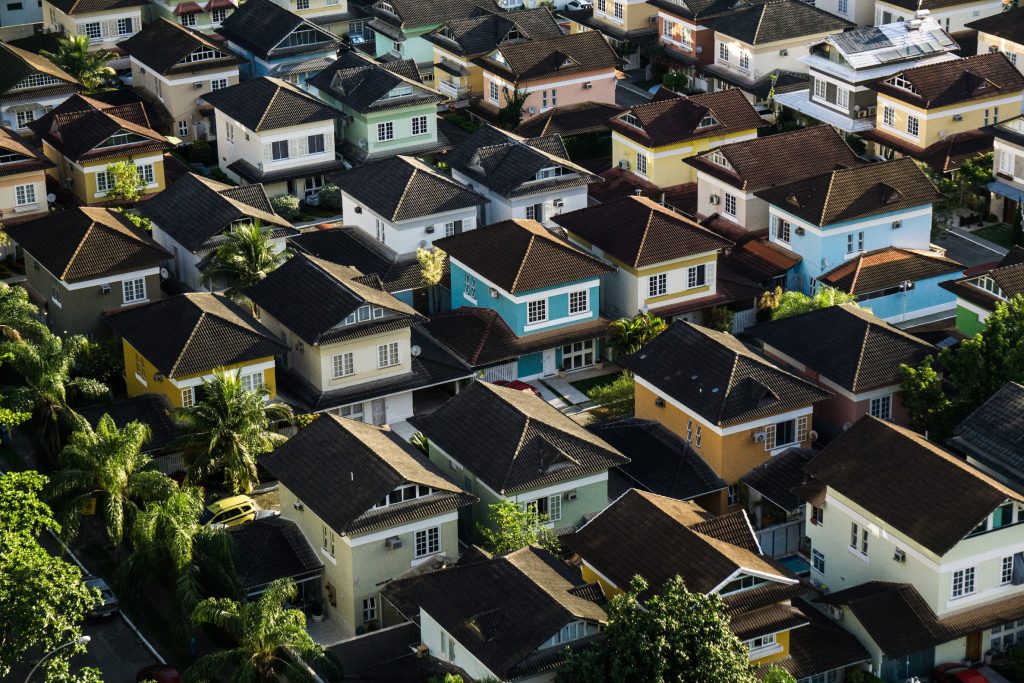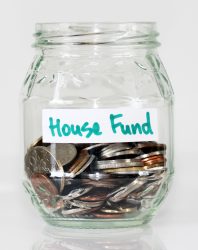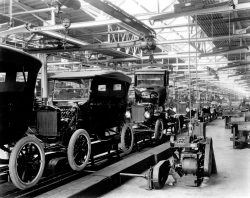
Housing is a pervasive industry few can escape. From new developments and real estate sales to home improvement and maintenance, economists and politicians encourage spending on homes as critical to a healthy economy. They link consumer culture in housing with economic vitality. But this consumption oriented approach creates problems. Including the creation of a housing stock which isn’t always suited for its occupants or local climate.
Don’t Become House Poor
Most building professionals are paid for the amount of home built, purchased or remodeled. So they promote the latest fads and symbols of success. Not the appropriateness or durability of the product delivered. As a result, the American dream now includes a house with the greatest average square feet per person than at any time or place on earth. And likely the highest maintenance costs too. Yet, most families don’t need the size and features they acquire. In fact we pay dearly monetarily, emotionally and ethically to finance these behemoths.
 Becoming house poor includes buying or renting too much house for your budget. Don’t just calculate your rent or mortgage payment. Also include monthly expenses and yearly maintenance to get a better idea of real costs. Realtors and builders ignore these costs, because it reduces sales. Sadly, to become house rich we must resist the temptations built into an industry we can’t live without.
Becoming house poor includes buying or renting too much house for your budget. Don’t just calculate your rent or mortgage payment. Also include monthly expenses and yearly maintenance to get a better idea of real costs. Realtors and builders ignore these costs, because it reduces sales. Sadly, to become house rich we must resist the temptations built into an industry we can’t live without.
According to psychologists like Tim Kassar author of The High Price of Materialism, focusing on conspicuous consumption has serious psychological and physical consequences. Materialism is also unhealthy psychologically. He suggests, if we spend all our efforts on acquiring material goods there’s no time or money left for the healthy and meaningful aspects of life.
Demand More than Generic
Passing a construction site might lead one to believe homes are the last bastion of handicraft and local production. But looks are deceiving. Homebuilding is now industrialized. Construction workers today assemble or fabricate homes with pre-manufactured products shipped from around the world.

The construction site has gone the way of Henry Ford’s Model T production line. When Ford said, “any customer can have a car painted any color he (sic) wants as long as it is black”. He knew reducing options increased production efficiency. Ford didn’t care if a black car was purchased for Arizona’s searing heat or Alaska’s endless winter. Black paint dried faster and reduced delivery time.
Although homeowners today aren’t limited to black paint, their options are severely curtailed by an industrialized construction process. Leading to the reality that new houses in Arizona or Alaska often appear identical. Housing today isn’t always tailored to local conditions, increasing maintenance and energy costs.
But you can demand reasonable options that address local conditions instead of industrialized traditions based based on old European norms. Building systems today favor light wood construction. A technique imported to America from forested areas of Northern Europe, where it’s well suited. Light frame construction is quick and cheap compared with other methods. So it’s now used in every climate imaginable. Causing lumber to be shipped thousands of miles from where it’s cut. Yet in very cold, wet conditions this framing system isn’t always well protected from moisture. And in very hot, dry conditions it doesn’t take advantage of daily temperature swings and available energy savings.
Even ubiquitous features of home, including grass yards are European transplants that can create harm. Just outside Albuquerque where I grew up, resides a golf course with green grass like Scotland. This little oasis is startling in contrast to the brown desert beyond. I can only imagine the amount of water and chemicals required to maintain this illusion. In the arid climate of Colorado’s Front Range where I now live, there’s a trend towards xeriscaping or landscaping with indigenous plants requiring little water. Even so, most Colorado houses still sport patches of green grass and the accompanying automatic sprinkler systems.
Next time you purchase a home, remodel the outdated bathroom or relandscape. Don’t fall for the industry’s trick and outdated traditions. Buy what really fits your needs and the local environment. Or as Alexander von Hoffman, Senior Fellow at the Joint Center of Housing Studies at Harvard says, “Maybe we should rethink what it means to own your own home. It’s not too late. We could return to treating a house as a shelter for the family or a sanctuary in troubled times rather than as an ATM. We could think of it as a source of emotional security instead of a collateral security.”
Image Credits
Housing Development by Breno Assis, Unsplash
House Fund by Sandy Millar, Unsplash
1924 Ford Model T Assembly Line by The Ford Motor Company